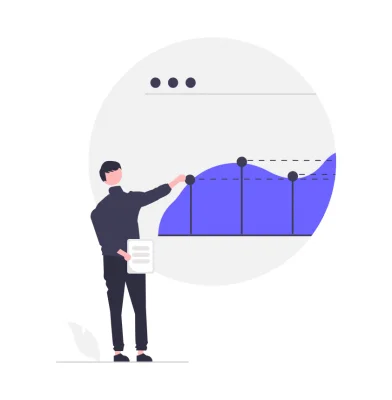
Economics Questions and Answers
Economics questions and answers to help you prepare for JAMB, WAEC, NECO, Post UTME and job aptitude tests or interviews.

Economics questions and answers to help you prepare for JAMB, WAEC, NECO, Post UTME and job aptitude tests or interviews.
Horizontal
Upward sloping
Vertical
Downward sloping
Correct answer is C
The total fixed cost curve is vertical. This is because the total fixed cost does not change with the level of output.
Fixed costs are costs that do not vary with the level of output. These costs are incurred regardless of how much output is produced. Examples of fixed costs include rent, insurance, and depreciation.
The total fixed cost curve is a graph that shows the relationship between total fixed cost and the level of output. The curve is vertical because the total fixed cost does not change with the level of output.
Resources are pooled for the mutual benefit of its members mainly in a
Cooperative society
Joint stock company
Private company
Partnership
Correct answer is A
A cooperative society is a type of business organization that is owned and controlled by its members. The members of a cooperative society pool their resources together in order to provide goods and services to each other at a fair price.
In a cooperative society, the members are the ones who benefit from the pooled resources. The profits of the cooperative society are distributed to the members, and the members have a say in how the cooperative society is run.
Use the graph above to answer the question

The curve labelled W shows the
Regressive tax
Proportional tax
Specific tax
Progressive tax
Correct answer is D
A progressive tax is a tax system in which the tax rate increases as the amount of taxable income increases. This means that people with higher incomes pay a higher percentage of their income in taxes than people with lower incomes.
The curve labeled W shows that the tax rate increases as the amount of taxable income increases. This is the defining characteristic of a progressive tax system.
The study of economics is mainly concerned with how to
Rank individuals' wants given the abundant resources
Make choice when resources are inadequate
Satisfy every member of all societies
Produce all the goods needed by everyone
Correct answer is B
The study of economics is mainly concerned with how to make choices when resources are inadequate. This is because resources are always scarce, meaning that there is never enough to satisfy all of our wants and needs. As a result, we have to make choices about how to allocate our resources in a way that maximizes our well-being.
The other options listed are not the main focus of economics. While economics can be used to rank individuals' wants, satisfy every member of all societies, and produce all the goods needed by everyone, these are not the primary goals of the discipline. Economics is more concerned with understanding how these things are achieved in the real world, and how we can make better decisions about how to allocate our resources.
Warehousing is an economic activity that falls under
Secondary production
Primary production
Tertiary production
Intermediate production
Correct answer is D
Warehousing is an economic activity that falls under intermediate production. Intermediate production is the production of goods and services that are used to produce other goods and services. In the case of warehousing, the goods and services that are produced are storage space and logistics services. These services are used by businesses to store their products and to distribute them to their customers.